
The Economic Impact of Succulent Trade in Various Cultures
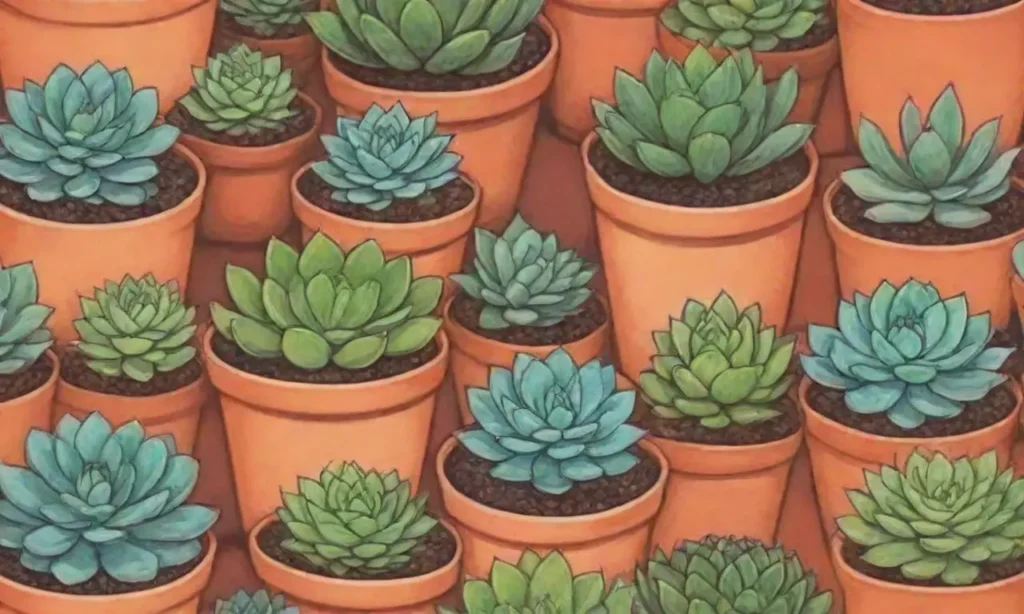
Introduction
Succulents, recognized for their unique shapes, vibrant colors, and low-maintenance care, have soared in popularity over the past few decades. These hardy plants thrive in arid environments and are often celebrated for their aesthetic appeal, making them essential for home decoration, landscaping, and even therapeutic practices. However, the trade of succulents extends far beyond personal enjoyment; it significantly influences local and global economies, offering insights into various cultural practices and economic behaviours.
This article delves into the multifaceted economic impact of succulent trade across different cultures. We will explore how succulent cultivation and trade influence regional economies, including job creation, income generation, and cultural significance. Additionally, we will examine the social and environmental implications of this trade, providing a comprehensive understanding of how succulents have transcended their role as mere decorative plants to become vital economic assets.
The Historical Context of Succulent Trade
The history of succulent cultivation dates back thousands of years, primarily rooted in arid regions such as Mexico, Southern Africa, and the Mediterranean. Indigenous cultures throughout these areas have showcased remarkable understanding and utilization of succulents, often incorporating them into their daily lives for food, medicine, and cultural practices. For instance, the Aztecs utilized various succulent species, including Agave and Aloe, not just for their beauty but also for their nutritional and medicinal properties. As these practices evolved, succulents began to attract trade and admiration from outside their regions, paving the way for an extensive global market.
As global trade became more interconnected, the demand for succulents increased, resulting in diverse commercial dynamics. The rise of the internet and social media has particularly transformed the succulent trade, enabling lovers of these plants to connect, share knowledge, and trade varieties on a global scale. Platforms such as Facebook, Instagram, and dedicated online marketplaces have paved the way for enthusiasts and commercial growers to share their collections and engage in commerce. This transformation has shifted succulents from localized niche markets to global phenomena, with significant economic implications.
The cultural significance of succulents has also transformed over time, leading to the cultivation of unique species and hybrid varieties based on regional preferences. The influence of popular culture, triggered by lifestyle and home décor trends, has further amplified the demand for succulents. In Asian cultures, for example, the practice of gifting and using succulents reflects the values of resilience and longevity, whereas in Western contexts, succulents symbolize style and minimalism, demonstrating how cultural narratives surrounding these plants shape their commercial value and influence economic activities.
Economic Benefits of Succulent Cultivation
The cultivation of succulents presents multiple economic benefits for communities worldwide. In many regions, particularly in developing countries, succulent farming has emerged as a viable source of income for local farmers. For instance, in countries like South Africa, where succulent species such as Lithops and Crassula are native, small-scale farmers have turned to succulent cultivation as a profitable agricultural venture. The export of these plants provides a substantial income stream, contributing to the overall economic stability of these communities. Farmers can sell their stock locally or tap into the lucrative international market, enhancing their economic resilience.
Moreover, the growing popularity of succulents has led to the establishment of businesses focused on succulent care products, workshops, and landscaping services. This emerging industry not only creates job opportunities for local residents but also encourages community engagement and skill development. Many local artists and craftspersons are increasingly incorporating succulents into their art, contributing to cultural tourism that further supports local economies. For example, workshops teaching attendees how to create succulent arrangements or terrariums provide both vocational training and a unique experience for participants, effectively marrying education and economic benefit.
 How Succulents Reflect Environmental Values in Global Cultures
How Succulents Reflect Environmental Values in Global CulturesRegions that host succulent exhibitions, fairs, and festivals have also experienced enhanced economic activities as they attract tourists and plant enthusiasts from various locations. These events boost local commerce, with increased sales in adjacent retail sectors such as food and lodging. This ripple effect underscores the importance of succulent trade in broader economic contexts, illustrating how a single plant can stimulate multiple layers of economic activity within a community.
The Role of Succulents in Global Markets
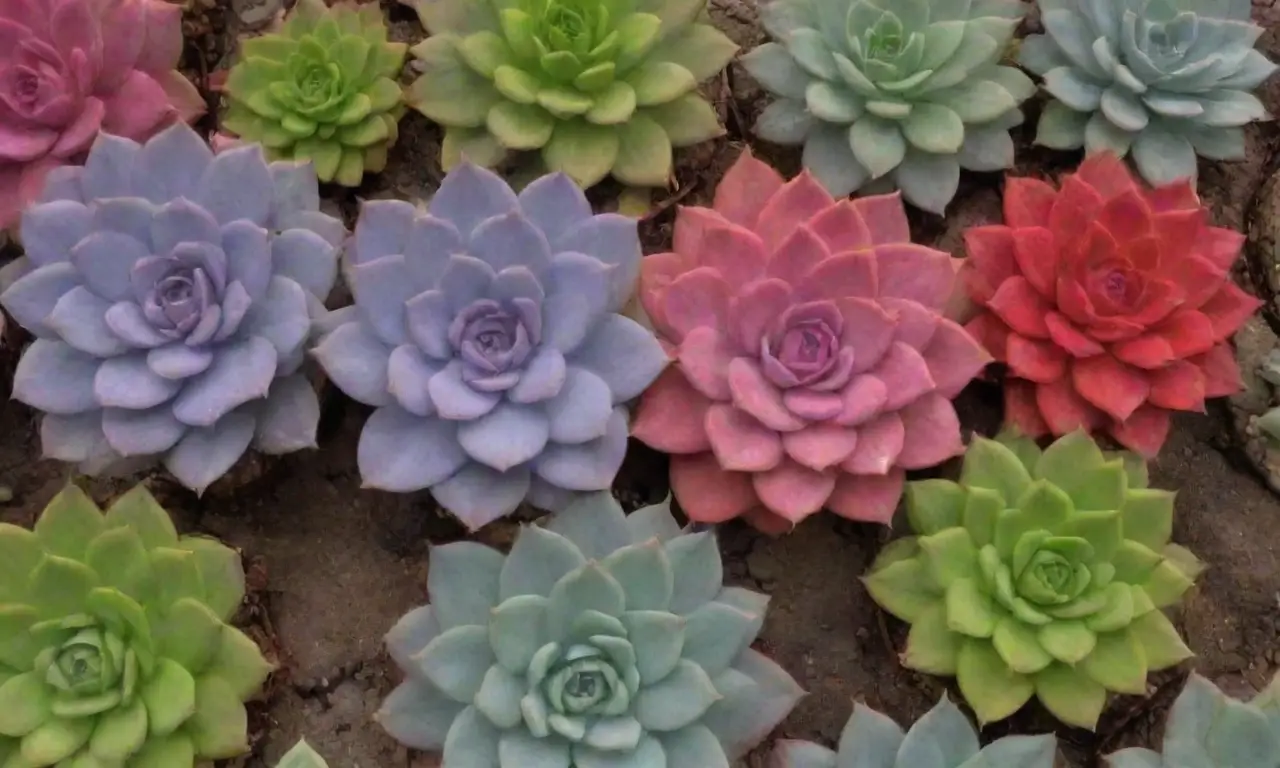
The global market for succulents has witnessed remarkable growth over the past decade, influenced by shifting consumer preferences towards low-maintenance gardening and eco-friendly products. With an increasing number of individuals seeking to enhance their living spaces with greenery, the demand for succulents as decorative items has surged. Retailers and growers worldwide have capitalized on this trend, leading to the emergence of various niche markets, including rare varietals and miniature succulent gardens.
Additionally, the increase in online retail platforms has democratized access to succulents, allowing consumers worldwide to purchase rare and unique specimens. This accessibility has fostered a growing community of collectors who actively engage in trading and sharing information about succulents. As such, the succulent industry has not only become a source of economic revenue but also a platform for cultural exchange, fostering connections among people who share a passion for these plants regardless of their geography.
However, the expansion of succulent trade is not devoid of challenges. Environmental concerns, particularly regarding the overharvesting of wild plants, have emerged as significant issues. Unsustainable practices can lead to a decline in native succulent populations, threatening biodiversity and the livelihoods of communities that depend on these plants. This scenario underscores the importance of sustainable practices within the succulent trade to ensure the long-term viability of both the plants and the communities engaged in their cultivation.
Cultural Significance of Succulents Across Borders
The cultural impact of succulents transcends their economic value, illustrating profound connections between people and nature. Different cultures imbue succulents with symbolic meanings, often reflecting values such as resilience, prosperity, and harmony with nature. For example, in Chinese culture, certain succulents like jade plants (Crassula ovata) are believed to attract good luck and fortune, making them popular choices for gifting and home decor. In this context, the succulent trade not only boosts the economy but also enriches cultural practices and community bonds.
Similarly, in Mexico, succulents such as Agave hold historical and cultural importance, being utilized in traditional craftsmanship and culinary practices. The Tequila and Mezcal industries rely heavily on Agave species, showcasing how the trade in these plants has interwoven with cultural heritage and economic activity. Festivals celebrating these plants often draw tourists, thereby creating additional avenues for economic growth that honor the connection between cultural identity and environmental stewardship.
 Garden Traditions: Succulents as Cultural Heritage Symbols
Garden Traditions: Succulents as Cultural Heritage SymbolsMoreover, the practice of creating succulent gardens and designs has become a form of art in many cultures, merging horticulture and craftsmanship. Botanical art exhibits showcasing succulent arrangements have gained popularity in galleries and public spaces, reinforcing the intersection of culture and commerce. These artistic endeavors not only sustain economic growth but also cultivate a sense of community as individuals gather to appreciate and learn about succulents.
Conclusion
The succulent trade offers a fascinating lens through which to examine the economic and cultural dynamics at play across various communities worldwide. From historical roots to modern-day practices, succulents have become more than ornamental plants; they symbolize resilience, creativity, and connection. The economic benefits of cultivating and trading succulents, including job creation, community engagement, and cultural tourism, showcase the potential for these plants to influence local economies positively.
As the global market for succulents continues to flourish, it is crucial to adopt sustainable practices that protect local ecosystems and ensure the longevity of succulent species. This will not only safeguard the economic benefits derived from succulent trade but also uphold the cultural significance associated with these unique plants. Community involvement and awareness can drive positive change, creating a symbiotic relationship among growers, traders, and plant enthusiasts, all while celebrating the beauty that succulents bring to our lives.
In conclusion, the succulent trade embodies a powerful narrative that intertwines nature, economy, and culture, illustrating how a simple plant can facilitate profound changes in societies around the world. By fostering appreciation for succulents, advocating for sustainable practices, and embracing the cultural richness they represent, we can ensure that the economic impact of succulent trade continues to thrive in harmony with our environment.
If you want to read more articles similar to The Economic Impact of Succulent Trade in Various Cultures, you can visit the Cultural Significance category.


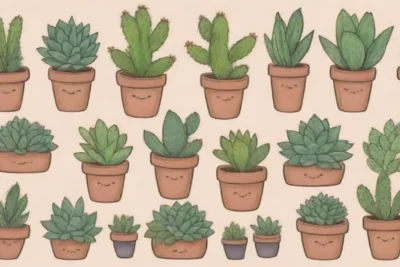
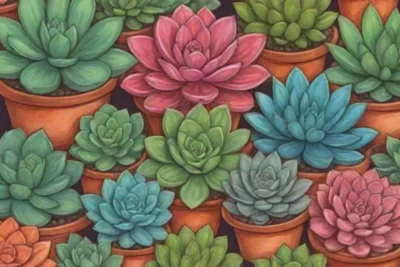

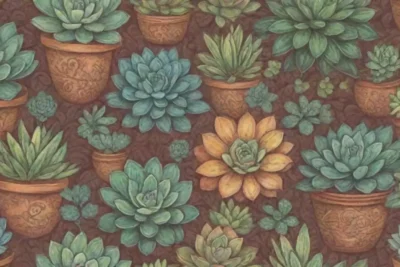
You Must Read